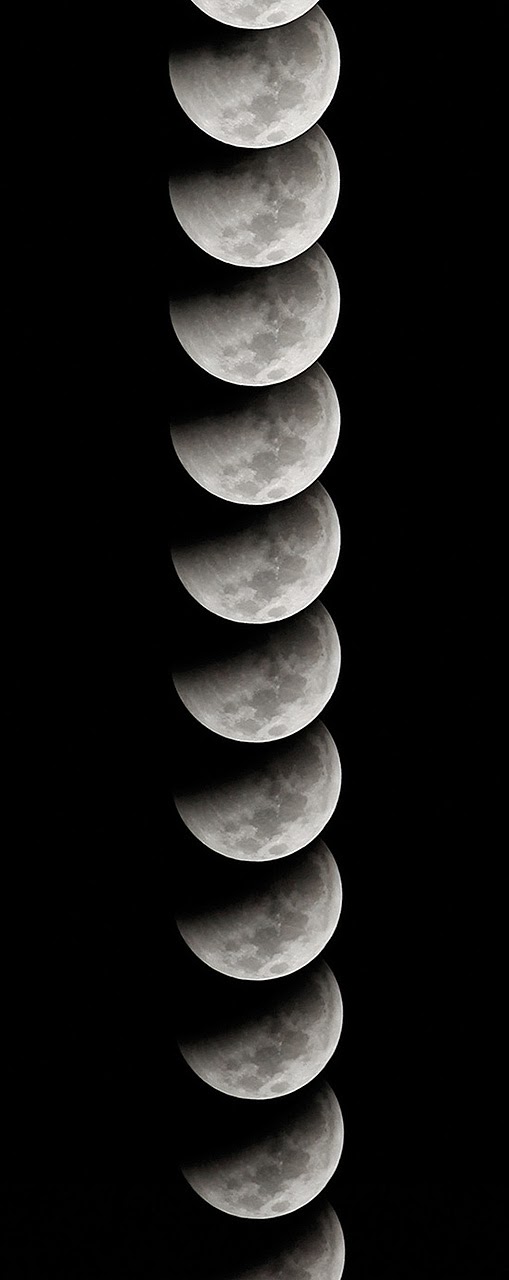This is Taj Mahal View from
Western side during the golden hour. Symbolically, the constantly changing
sunlight reflected by the mausoleum's marble has a symbolic role which
associates light with the presence of God. Located in Agra, Uttar Pradesh, the
Taj Mahal was constructed in the 17th century by Muslim King Shah Jahan and has
been called the finest example of Mughal architecture. In 1983 Taj Mahal was
designated a UNESCO World Heritage Site.
Photo: Muhammad Mahdi Karim

















































